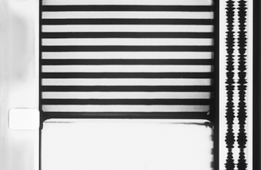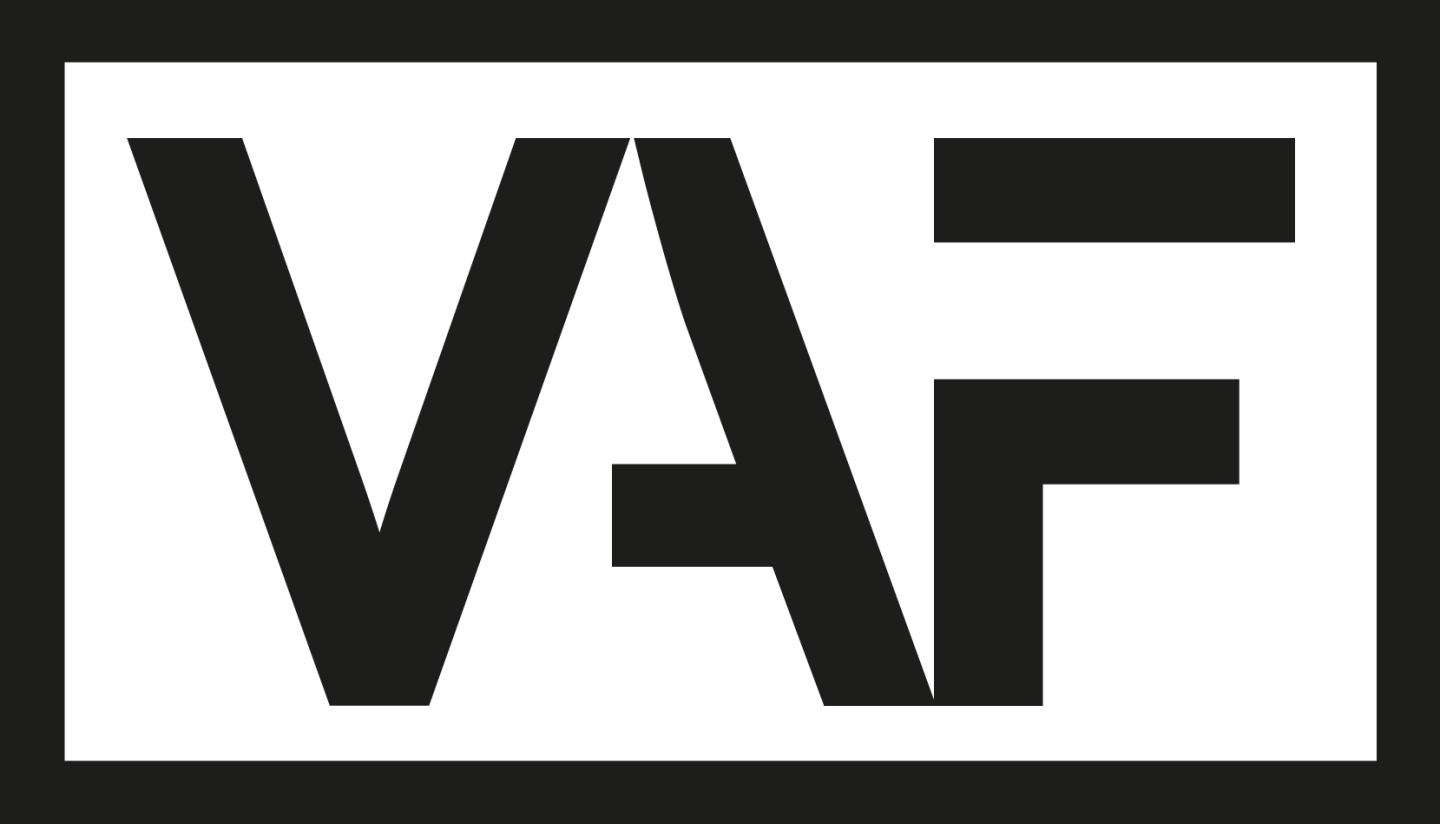Cinema Parenthèse #29 & #30
—

19:00 - 21:00: Ernie Gehr
CINEMA PARENTHÈSE and iMAL present ERNIE GEHR (b. 1943).
Gehr is one of the leading figures in American experimental cinema. Entirely self-taught, he was inspired to begin making films in the 1960s after chancing upon a screening of a film by Stan Brakhage. Closely associated since the ’70s with the Structural movement (Hollis Frampton, Paul Sharits et al), Gehr has created an unsurpassed body of work in film and video that combines richly conceived, rigorous cinematic structures with a profound sensitivity to the physical world around him.
Gehr has been called a “filmmaker's filmmaker”. His work is about discovering the properties and possibilities of film: film is neither a reflection of life nor the portrayal of ideas or emotions; he wrote in 1971 of film as “a real thing” and “not imitation.” The contradictions between a still and a shot, persistence of vision and other optical effects, questions of framing and perspective, properties of the film fields, and thresholds of perception are just some of the subjects of his work. He brings us profoundly back to the world, to observations about urban life, and the significance of place.
21:00 - 23:00 : Tony Conrad
CINEMA PARENTHÈSE and iMAL present TONY CONRAD (1940 – 2016).
Conrad was an American video artist, experimental filmmaker, musician, composer, sound artist, teacher, and writer. Active in a variety of media since the early 1960s, he was a pioneer of both drone music and structural film. As a musician, he was an important figure in the New York minimalist scene of the early 1960s, during which time he performed as part of the Theatre of Eternal Music (along with John Cale, La Monte Young, Marian Zazeela, and others). He became recognized as a filmmaker for his 1966 film "The Flicker".
“Time, time, time. Life should be abundant enough for each person to feel what it is to have their greatest pleasure in wasting time.” - Tony Conrad
Programme
19:00 - 21:00: ERNIE GEHR
INTRODUCTION
Daniel A. Swarthnas (Cinema Parenthèse)
MORNING
1968 | 16mm | color | silent | 5'00
In “Morning”, Gehr takes his camera through an exhaustive series of photographic variations, stretching the image of a loft window to the edges of plasticity in order to find the dynamic action of cinema in the very act of photography
TRANSPARENCY
1968 | 16mm | color | silent | 11'00
An "action" movie in which the processes of recording and projecting moving images are the protagonists and the field of action is the screen rectangle within which cinematic ripplings and combustions are offered for immediate sensual pleasure and enlightenment.
HISTORY
1970 | 16mm | b&w | silent | 22'00
I'd like to say more, but words fail me. This is historically reductive. That won't do. One makes choices. Choices are made. The opacity has been tapped. The black quivers, the matter is set in motion. There is light. Its primeval. pre - historic. At last, the first film! It trembles in the eye-mind. Unique. - Michael Snow
REAR WINDOW
1896-1991 | 16mm | color | silent | 10'00
A view from a Brooklyn apartment sublimates Hitchcock's voyeurism into a frenzied engagement with the visible. The film varies exposure or racks focus so that the flickering, spatially ambiguous patterns that press the limits of the frame momentarily dissolve themselves as tree branches or a fire escape or a shadow caught on the screen of someone's laundry rippling in the breeze. 'I cupped one of my hands in front of the camera lens and attempted to make tactile to myself light, color and image,' Gehr explains in his notes, linking the film to his father's death and calling it a 'hopeless attempt' to render the ephemeral tangible. - J. Hoberman
SIDE/WALK/SHUTTLE
1991 | 16mm | color | sound | 41'00
The initial inspiration for the film was an outdoor glass elevator and the visual, spatial and gravitational possibilities it presented me with. The work was also informed by an interest in panoramas, the urban landscape, as well as the topography of San Francisco. Finally, the shape and character of the work was tempered by reflections upon a lifetime of displacement, moving from place to place and haunted by recurring memories of other places I once passed through. - Ernie Gehr
Approximate time: 89'00
21:00 - 23:00: Tony Conrad
INTRODUCTION
Daniel A. Swarthnas (Cinema Parenthèse)
THE FLICKER
1966 | 16mm | b&w | sound | 30'00
This is a notorious film; it moves audiences into some space and time in which they may look around and find the movie happening in the room there with them. Much has been written about THE FLICKER. It is a library of peculiar visual materials, referenced to the frame-pulse at 24 frames per second. All flickering light is potentially hazardous for photogenic epileptics or photogenic migraine sufferers.
EYE OF COUNT FLICKERSTEIN
1967 | 16mm | b&w | silent | 7'00
The sustained dead gaze of black-and-white TV "snow," captured in 1965 and twisted sideways, draws the viewer hypnotically into an abstract visual jungle.
STRAIGHT AND NARROW
1970 | 16mm | b&w | sound | 10'00
Straight and Narrow is a study in subjective color and visual rhythm. Although it is printed on black and white film, the hypnotic pacing of the images will cause viewers to experience a programmed gamut of hallucinatory color effects. Straight And Narrow uses the flicker phenomenon not as an end in itself, but as an effectuator of other related phenomena. In this film the colors which are so illusory in The Flicker are visible and under the programmed control of the filmmaker. Also, by using images which alternate in a vibrating flickering schedule, a new impression of motion and texture is created.
FILM FEEDBACK
1974 | 16mm | b&w | silent | 15'00
Made with a film-feedback team which I directed at Antioch College. Negative image is shot from a small rear-projection screen, the film comes out of the camera continuously (in the dark room) and is immediately processed, dried, and projected on the screen by the team. What are the qualities of film that may be made visible through feedback?
ARTICULATION OF BOOLEAN ALGEBRA FOR FILM OPTICALS
1975 | 16mm | b&w | sound | 10'00
”Articulation of Boolean Algebra for Film Opticals” is one of the most austere and highly structure-dependent films ever, made without images other than six patterns of alternating black and white imposed upon the full surface of the film strip.
Total 72'00
Cinema Parenthèse
Cinema Parenthèse is a platform in Brussels, Belgium that invites alternative filmmakers and screens films in their original format. The screenings are based on a dialectical montage, the collision between single films and different film programmes, an ongoing series about investigating different film strategies in political and aesthetic manners.
Cinema Parenthèse is interested in filmmakers and individual films that want to go beyond - based on different practices - ethnographic and anthropological studies, field and archival work. Films that can be understood as an experimentation with the discovery and unveiling of places and people, acting as a melting pot for various social, political and cultural specificities and cross-cultural experiences. Camera positioning, architecture of the image, the pro-filmic (everything in front of and registered by the camera), the non-diegetic, the soundtrack, politico-cultural diversity and the challenges in representation are central concerns in the films we shall screen. Films which refers to a rethinking of both aesthetics and cultural representation, and show its ability to see film as cultural representation – as opposed to seeing through film. The resistance to the salvage paradigm lies not in abandoning its allegorical structure but by opening the mind’s eye to different histories, and seeks ways of revising the production of otherness in the representation. To deal with history and to overcome the binary oppositions in us and them and self and the others is also of vital interest within our project.
Cinema Parenthèse is also interested in film as structure or structure as film. Films that use different methods (optical printing, refilming, color separation, loops, superimposition) to manipulate and transform short film sequences or single frames in a structural and time-based manner. Cinema Parenthèse focuses on structural materiality, film as film and film as materiality. Films that - with different methods - bring out how deconstruction of the original material results in unexpected constellations and visual rebuilding for a 'new' film structure.

